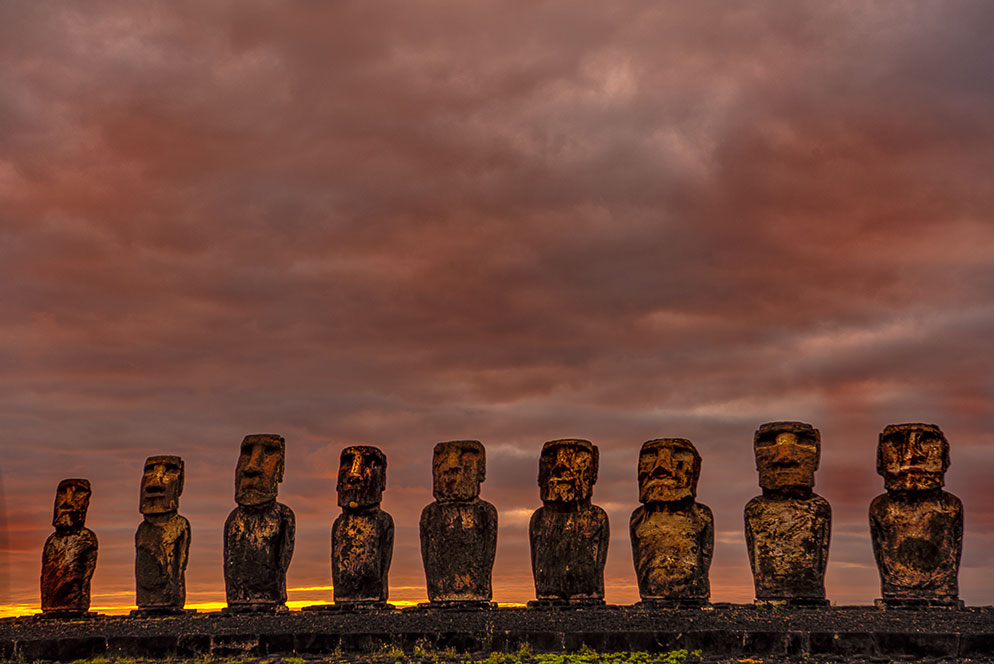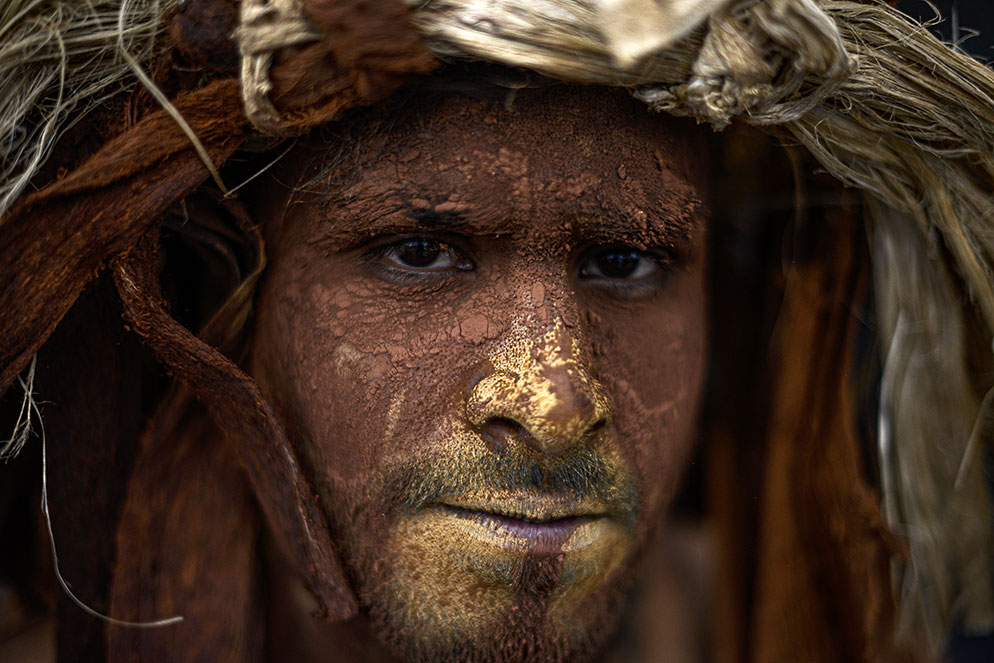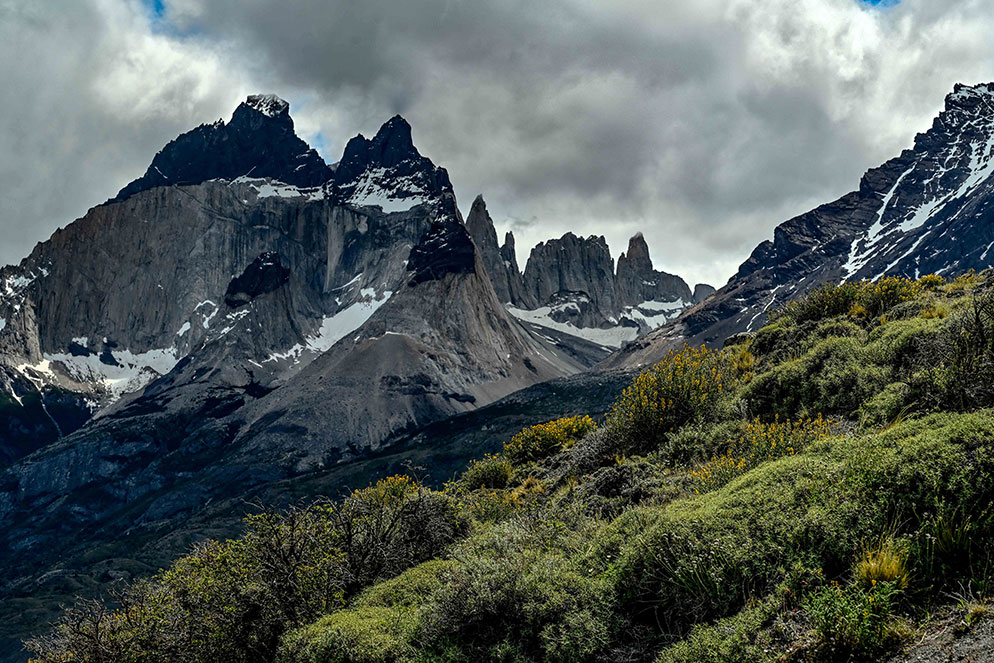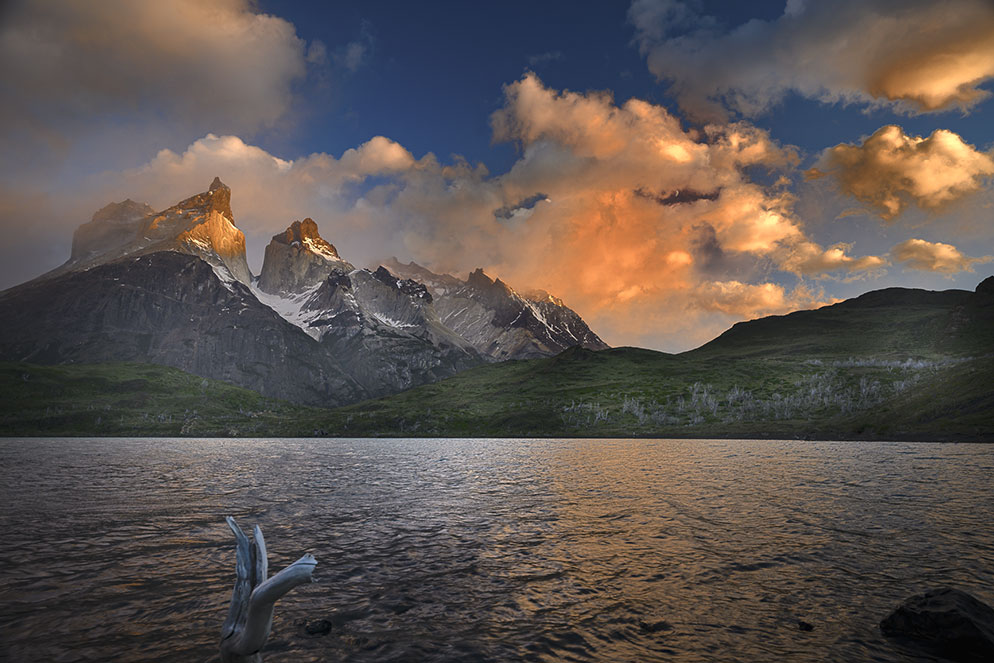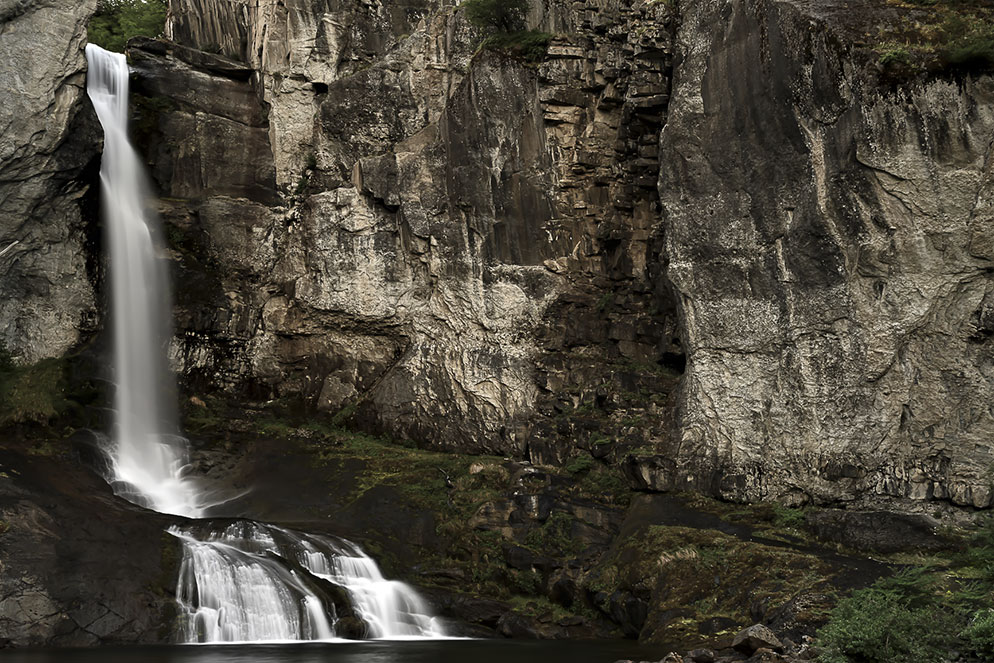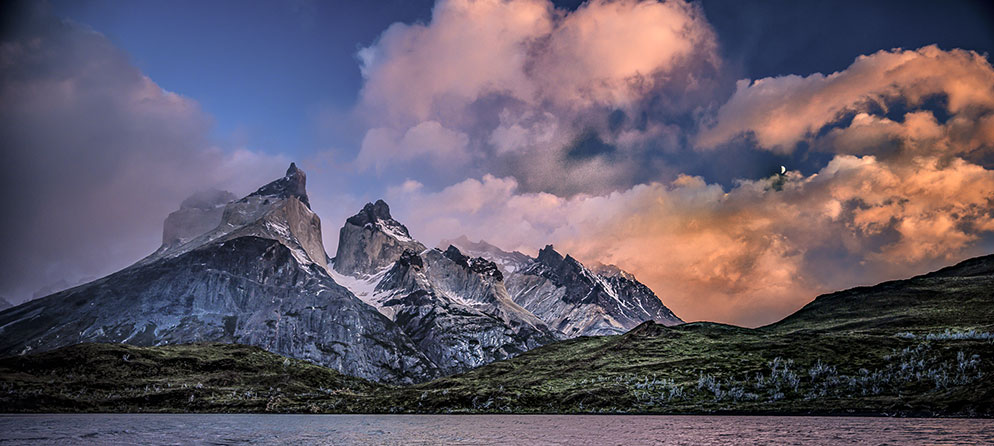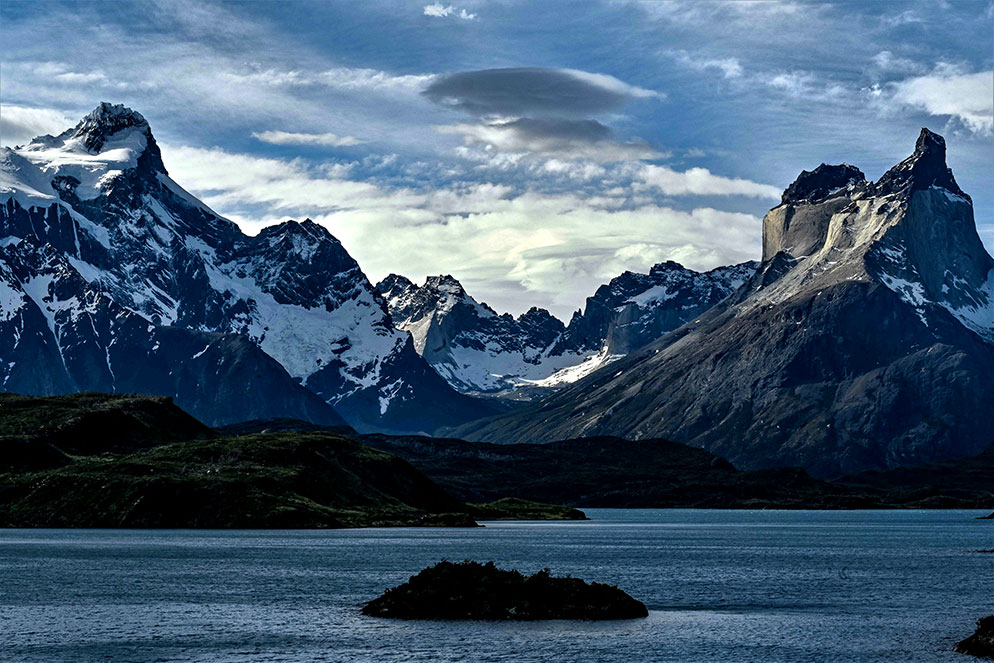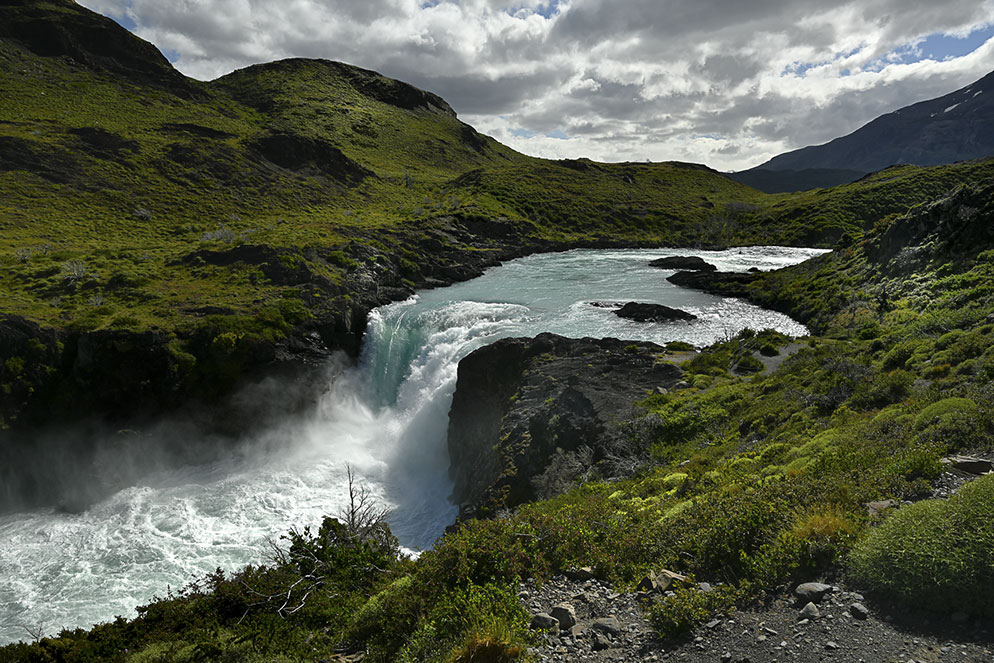Field Trip: Tips for Choosing the Photo Workshop That Works Best For You
An Easter Island guide who turned model to give the workshop students the opportunity to take some atmospheric portraits. D800, AF-S NIKKOR 50mm f/1.4G, 1/8000 second, f/1.4, ISO 400, manual exposure, Matrix metering.
This might surprise you, but ultimately the worth of a photographic workshop is going to come down to the match-up of what the instructor offers and what the student wants.
The instructor's photos won't tell you how valuable the workshop's going to be. They of course indicate the type and style of photography you're interested in, but you don't take a workshop because you want to take pictures that emulate, replicate or imitate the images of the instructor. You take the workshop to learn what that person knows that you need to know in order to achieve your goals...and your best images.
We talked not long ago to Bob Medsker about his workshop experiences. Bob is probably best described as a motivated and passionate photo enthusiast, and his evaluation of the workshop process was as carefully considered as his photography.
If a photo workshop is in your thoughts, check this out.
You arrive in the dark and wait for the sun if you want dramatic images of Easter Island's iconic statuary—and you hope the weather cooperates. D810, AF-S NIKKOR 24-70mm f/2.8G ED, 1/50 second, f/8, ISO 100, manual exposure, Matrix metering.
First, Suit Yourself
We all start out even. With no workshop experience, we may get a recommendation from someone we know, or we'll search online, read the comments of participants and the profiles of instructors. But the most important thing, right from the start, is that we know what we want.
And Bob did. "I wanted an instructor who really got into the nuts and bolts, all the details," he says, "and who would be aggressive about activity—about getting out there and walking and hiking." Bob's an active person; his vacations don't involve umbrellas on beaches. "I go hiking in the mountains," he says, "so the outdoor connection was important."
He made that connection with Katsu Tanaka, a skilled, accomplished photographer who calls his workshop a photo boot camp. "I talked to several guides and wasn't impressed with some of what I heard," Bob says. "Then I talked with Katsu, and he seemed to be more complete in his discussion of what would actually transpire. And he did use the term 'boot camp,' and I knew what that was all about."
So did we, as we'd done a story with Katsu about his workshop and knew "photo boot camp" was an apt description of an experience that offers expert instruction during long days in beautiful locations.
After several talks with Katsu, Bob booked his Patagonia/Easter Island workshop. "I loved it," he says. "You work hard—you're up at sunrise and it's a long day after that—but it's a capability-loaded experience."
Mid-day on an Easter Island beach in a hand-held image that captures the day's drama and the volcanic island's texture. D810, AF-S NIKKOR 24-70mm f/2.8G ED, 1/50 second, f/22, ISO 100, manual exposure, Matrix metering.
After a few days you begin to recognize the opportunities, the possibilities; you remember what worked and what didn't.
For this image of Patagonia at mid-day, Bob chose to spot meter the bit of bright sky at the notch at upper right. "I was after a true representation of the clouds, with just enough light on the landscape. If I'd metered the mountain, the clouds would have been overexposed." Z 7, NIKKOR Z 24-70mm f/4 S, 1/320 second, f/9, ISO 250, manual exposure, spot metering.
Vision Quest
You take a workshop for a lot of reasons, but ultimately there's really only one reason: to see how all the pieces fit.
"In Patagonia, in front of the hotel, the view is one of the greatest in the world," Bob says. "We go out before dawn, in the dark, with flashlights. Katsu leads us to a place he knows. There are a half dozen of us lined up, behind our tripods, waiting."
Some of the six know their way around a camera; for some it's their first time using a tripod. Katsu helps them set up and tells them how to establish focus in low light. Settings—ISO, white balance, f/stop, shutter speed—are suggested, perhaps even discussed. Composition and framing come up: "Well, I think that could be too much foreground" might be heard. There might be some talk of how the rule of thirds or diagonal lines coming in from a corner or curves that take your eyes around that corner might apply to the scene.
Patagonia at sunrise. The instructor's suggestion for framing included more of the driftwood, but Bob eliminated most of it, preferring an image that emphasized the mountain and the sky. "I made a lens change to get this composition," he says. Z 7, NIKKOR Z 24-70mm f/4 S, 1/30 second, f/8, ISO 80, manual exposure, spot metering.
"Then the sun starts coming up," Bob says, "and the colors start to change and okay, this is the instant, this is what we're here for, and this is when a good instructor moves back and forth among us and gets to know the capability of each person in terms of how they respond to what they're seeing."
Then you go through the day, and that night everybody is asked to bring one of their sunrise pictures, and those pictures and many others go up on the screen and the comments begin and you may hear "The white balance here was way off" and "This one—this is a splendid picture!"
Then, the next day, these things—settings, composition, framing, timing, preparation—are in your mind when you start out. "After a few days you begin to recognize the opportunities, the possibilities; you remember what worked and what didn't," Bob says.
How to make it all work may not become automatic, not at first, but it sure does become familiar, and that's why there's nothing like the hands-on experience of a workshop where you learn it by doing it.
And what you're learning is how all the pieces fit.
A guided trail ride was one of the workshop's photo opportunities. It was a one-camera, one lens excursion, and this photo benefited from a little sunlight hitting the subject. D810, AF-S NIKKOR 24-70mm f/2.8G ED, 1/125 second, f/7.1, ISO 100, manual exposure, Matrix metering.
Your Call
Which brings us to our final workshop tip, which has to do with our early mention of not wanting to copy the instructor's images. Simply put: how do you become, or remain, your own photographer? Simply answered: you bring your confidence and judgment to the workshop.
Bob tends to want to find his own spot from which to shoot his pictures. "It's in the same locale, but I like the specific spot to be different from everyone else's, if possible," he says.
Here's how that works:
"In Patagonia there was a spot where there was driftwood along a lake, and the suggestion was a low camera position so the driftwood would have a significant spot in the foreground. I took some of those, but I decided I really didn't like them. What I wanted to be the main focus of the photograph was the mountainscape [in the background], so I used just a little bit of the foreground so you could see the orientation, but you wouldn't be distracted by the driftwood."
Katsu was more than okay with that. "He encourages you to use your imagination and ingenuity and make your own decisions," Bob says. "A good instructor will want you to diverge to create your own photographs."

